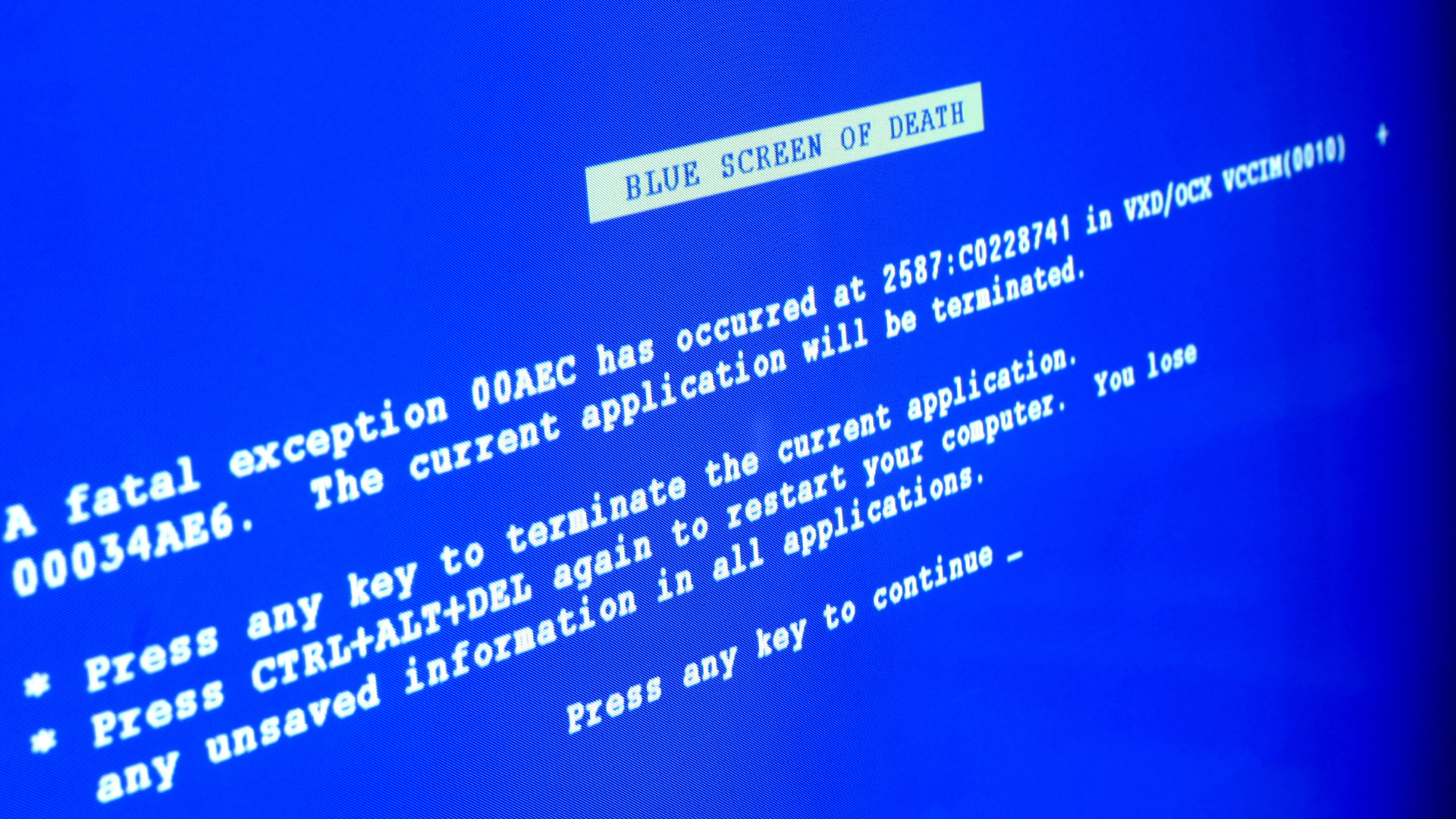Back in the early days of computing, people often used to complain about their computers crashing, and even the best of the best was no match for the blue screen of death. And while the issues they faced are almost entirely different now, there is one thing that has remained constant: that screen you see when your PC crashes. And while the world of computing has changed, that screen has always been there and always will be.
An early MS-DOS prompt was the first time a computer user encountered the Blue Screen Of Death (the code that flashes on the screen with a Windows error message). The screen would simply display the message: “There is a problem with your computer. To stop the Blue Screen Of Death, restart the computer and press [F4].”
What is Blue Screen Of Death?
The Blue Screen of Death is a computer error screen that is commonly used in a system by Microsoft Windows. It is a generic term for a series of error messages that appear when the software is a bug. It is also called BSOD, computer crash, or crash error. The error message is similar to that of a stop-signal light, but in this case, it means the computer has stopped working. Sometimes, when a computer crashes, users are reluctant to start the system to see the error message. In the course of time, the Blue Screen of Death became a trademark that is used in the software industry to identify computer errors.
When Windows encounters errors that it can’t recover from, it displays a blue screen of death (BSoD) which is a message that some program is causing problems. You can do many things to prevent this from happening, such as installing the latest updates that Microsoft releases. You can also make sure you have enough disk space available on your hard drive and that the most up-to-date antivirus and anti-malware programs are installed.
The blue screen of death (also known as the BSOD, or the bluescreen of death) is a generic term referring to the error messages you see on your computer when it starts to malfunction, usually after a crash. The term was coined in 1988 when Microsoft released Windows 3.0 and was first seen on computer screens all over.
What is the cause of Blue Screens of Death?
The Blue Screen of Death (BSOD) is a nasty little beast and has plagued every computer user since Windows 95. Usually caused by a memory issue, the BSOD will appear on your screen and display a cryptic error message such as “MS-DOS can’t find the file.“ They are among the most commonly experienced computer and mobile device software problems. They are caused by an error in the device’s hardware, software, or drivers and can stop an operating system from booting or cause it to crash. Because a variety of different problems can cause these types of errors, it can be difficult to troubleshoot and fix.
Blue Screens of Death are the most common way Windows computers crash. They are also one of the most common problems people have when they try to use their computer since they stop working without warning and without a chance to save their work. They are a common problem for Windows users, and it can be a real pain to figure out what caused them. A BSOD is a problem with a program, but not the operating system itself. This information is saved to a “minidump,” a text file that Windows automatically creates when it detects a BSOD (like a system crash).
When your computer crashes, a “blue screen of death” appears, and you might be wondering, What causes this blue screen? It is a computer error or (OS) fault message displayed on your computer screen. It appears at the beginning of a self-destruct sequence that your system has automatically initiated as part of an automatic recovery process.

